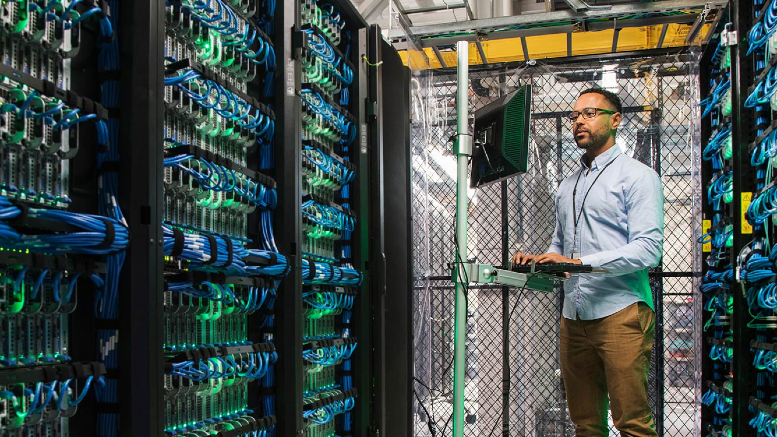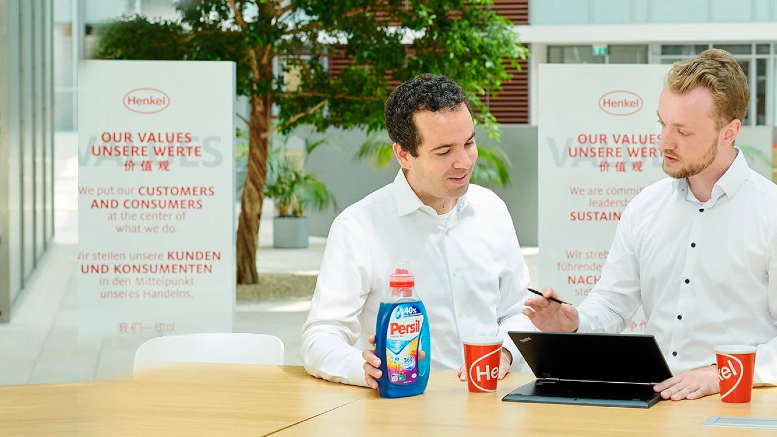The field service talent crisis no one's talking about and three solutions that work
octobre 9, 2025 / Unisys Corporation
Short on time? Read the key takeaways:
- Field service technicians play a significant role in supporting your frontline workforce through onsite repairs and issue resolution, but a talent gap puts pressure on organizations.
- Technology can fortify your organization against this challenge. This includes using tools like augmented reality to encourage smoother knowledge transfer from more experienced to new technicians.
- AI tools can support technicians of all experience levels with training and troubleshooting for speedier resolution.
- A digital twin, a virtual representation of physical environments, combines knowledge from various technician resources.
When your retail associate's point-of-sale system crashes during the holiday rush, or a restaurant server's tablet freezes during dinner service, field service technicians are the unsung heroes who restore order.
These skilled professionals keep your frontline workforce productive, ensuring the technology that powers daily operations runs without interruption. By 2030, millions of experienced technicians will retire, taking decades of troubleshooting wisdom with them. This exodus threatens to create a knowledge gap just as AI-driven analytics, IoT devices and augmented reality are changing how support work gets done.
Unfortunately, not enough younger workers are joining the field to replace those leaving, widening the talent gap in a crucial profession for keeping systems and networks running smoothly. This talent shortage risks increased error rates, longer resolution times and frustrated employees who can’t deliver their best work when technology fails them.
Yet this challenge also presents an opportunity. Smart technology tools can help you preserve institutional knowledge, accelerate training for new hires and enhance the capabilities of your entire field service team. Here's how augmented reality, AI and digital twins can future-proof your support operations.
#1: Transfer knowledge through augmented reality mentorship
Your most experienced technicians have a wealth of knowledge and instincts born of experience. If you haven’t yet implemented knowledge harvesting strategies for documentation, preserving their institutional knowledge is likely your top priority. Through augmented reality (AR), retiring technicians can guide your more junior technicians in real time remotely on calls before leaving their roles. Such mentorship shows your organization’s commitment to continuous learning.
AR overlays also make it easier for technicians of all expertise levels to troubleshoot issues independently, with step-by-step visual instructions to make repairs sourced from a central knowledge base. They can also use technology tools like IoT sensors and live data dashboards to diagnose issues and develop a repair game plan before arriving at a customer facility, speeding resolution.
#2: Enhance field workforce wisdom with AI
AI offers a path to narrowing the knowledge gap from this workforce shift. You can use the technology to assist with formal training and ongoing guidance of new technicians while they gain the experience that enhances their support instincts.
“Rather than replacing human expertise, AI can supplement it and accelerate training by providing real-time support, predictive insights and guided troubleshooting for technicians in the field,” says Unisys Senior Vice President Patrycja Sobrera in this TechRadar article. “These systems can analyze equipment data, flag anomalies and suggest next steps, helping less experienced workers make informed decisions quickly.”
#3: Educate field service technicians with digital twins
Traditional knowledge management tools' outdated and fragmented nature is no longer sufficient to handle modern field workforce challenges. Besides advanced AI tools acting as personal digital assistants, workers can also benefit from digital twins, virtual replicas of physical systems and AI-powered assets.
One technology option is to develop an AI-powered virtual knowledge repository for your technicians. It can be a place to collect experienced technicians’ decision-making and troubleshooting experiences. In an Intelligent CIO article, “AI becomes key to field service continuity as veteran technicians retire,” Patrycja describes the significant advantages of integrating digital twins into support workflows to ease the talent gap.
“The most advanced systems don’t just analyze data from one source – they pull together insights from manuals, service histories, sensor data and industry best practices, all in one place,” Patrycja writes. “It’s like having a veteran technician in your pocket: always available, always up to date and ready to help solve problems on the spot.”
By pulling together insights from multiple sources, digital twins allow workers to:
- Access knowledge from an on-demand source of expertise
- Simulate scenarios and refine their skills in a controlled environment
- Preserve institutional knowledge and make it easily accessible
- Address issues sooner as digital tools flag potential issues
Build a stronger field workforce
To deliver superior customer support, your field service technicians need to be insightful and current with the latest knowledge. Your organization can ensure this knowledge isn't lost by implementing technology tools like AI, digital twins and augmented reality, including benefiting from Unisys’ integration with the Dell Augmented Reality Assistant App for Latitude. Want help making that happen? Reach out to Unisys to learn how expert advisors can support these initiatives.




















